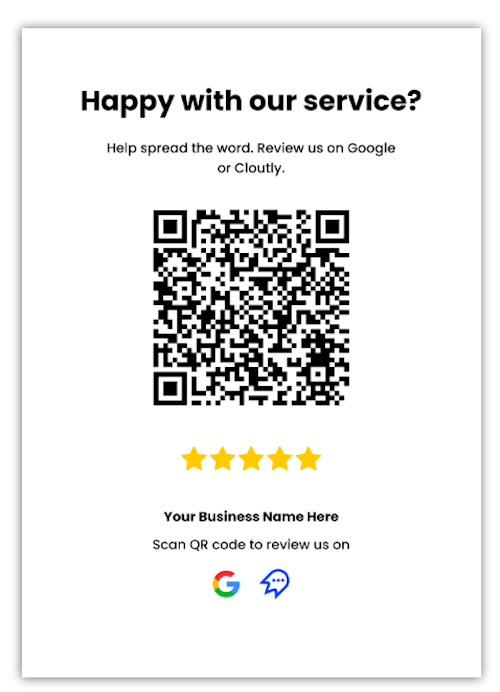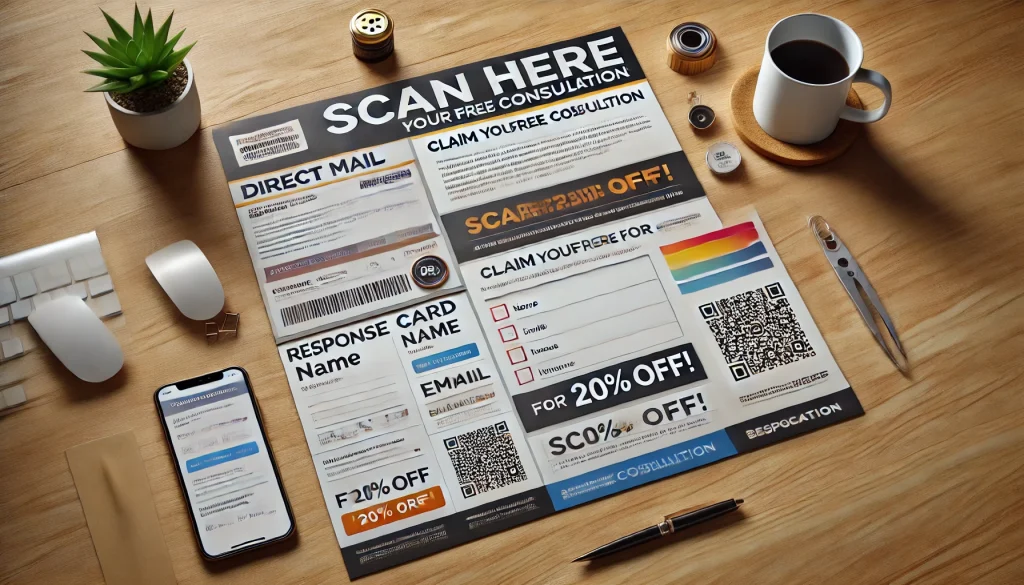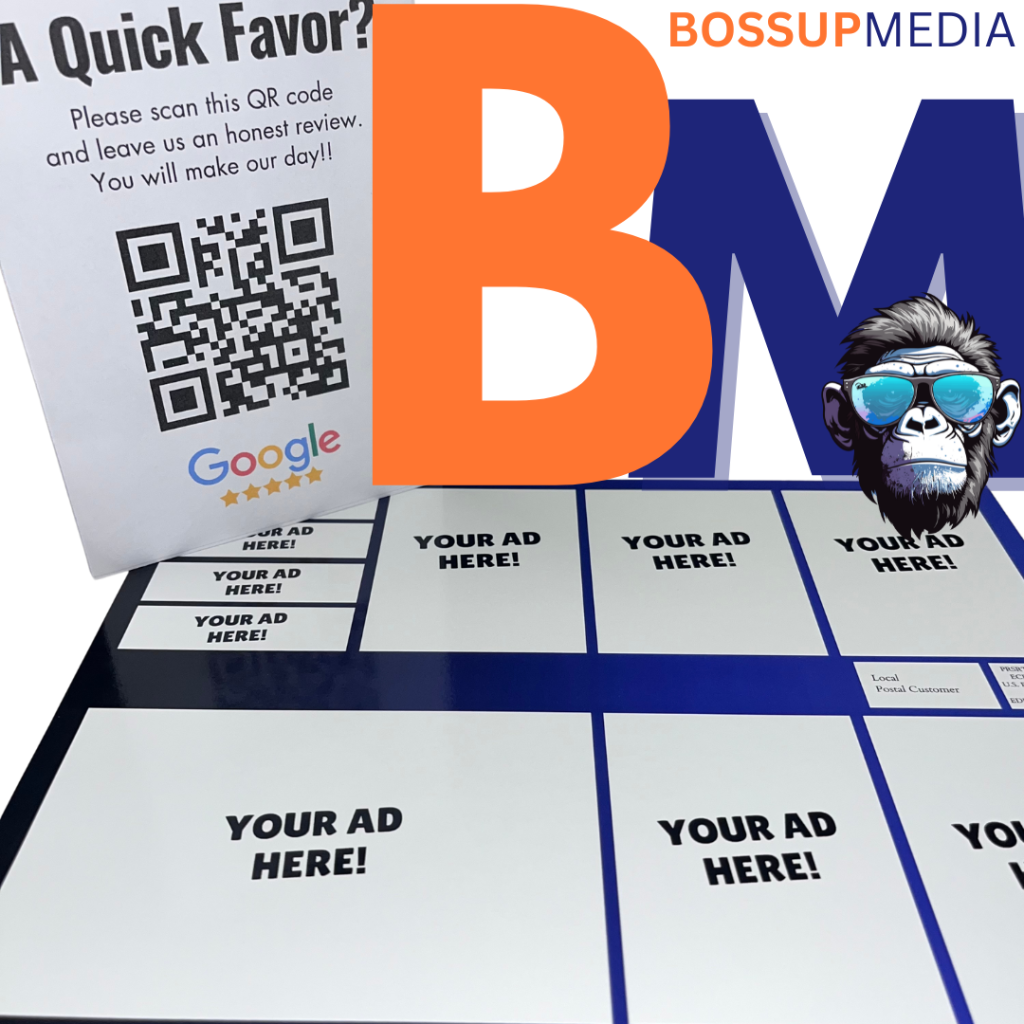How to Use Response Cards and QR Codes to Maximize Direct Mail Campaign Engagement
Direct mail campaigns offer a tangible and personal way to connect with customers, but their effectiveness depends on how well you engage your audience. Including response cards or QR codes in your mailer can significantly increase interaction rates, making it easier to track interest and conversions. In this blog post, we’ll explore how to incorporate these tools into your campaign and maximize their impact.
Why Response Cards and QR Codes Matter
Response cards and QR codes provide a simple, trackable way for customers to interact with your business. They help you:
- Capture leads directly from the mailer.
- Track responses to measure campaign performance.
- Offer a seamless way for customers to engage with your offer.
Here’s how to effectively use these tools in your direct mail campaigns.
1. Tear-Off Response Cards
Tear-off response cards are a tried-and-true method for engaging customers and gathering information.
How to Design a Response Card
- Include Key Details: Ensure the card highlights your offer clearly and concisely. For example, “Fill out this card to claim your free consultation!”
- Request Minimal Information: Make it easy for customers to respond by asking for just the essentials, such as name, email, and phone number.
- Add Prepaid Postage: Simplify the process for your customers by including prepaid postage on the card.
- Incorporate Branding: Use your logo and brand colors to maintain consistency and build trust.
What to Track
- Total number of returned cards.
- Customer demographics based on collected information.
- Interest levels in specific offers.
Advantages of Response Cards
- Provides a physical, tactile method of engagement.
- Appeals to customers who prefer traditional communication methods.
- Easy to include in any direct mail format, such as postcards or letters.
2. QR Codes for Seamless Digital Engagement
QR codes are an efficient and modern way to drive customers online, offering instant access to your website, landing page, or exclusive offer.
How to Create an Effective QR Code
- Use a Reliable Generator: Platforms like Beaconstac or QR Code Generator let you create customizable and trackable QR codes.
- Link to a Campaign-Specific Page: Ensure the QR code directs customers to a dedicated landing page tied to your direct mail campaign.
- Add a Clear Call-to-Action (CTA): Encourage customers to scan the code with phrases like, “Scan here to claim your 20% discount!”
- Test the Code: Before printing, verify that the QR code works seamlessly on all major devices.

What to Track
- Number of scans and unique users.
- Geographic data of scanners.
- Conversion rates from the linked landing page.
Advantages of QR Codes
- Provides instant access to digital content.
- Offers trackable engagement metrics.
- Saves space on the mailer by linking to more detailed information online.
3. Combine Response Cards and QR Codes for Maximum Impact
Using both response cards and QR codes in your direct mail campaign allows you to cater to a broader audience. Customers who prefer traditional methods can use the response card, while tech-savvy individuals can engage via the QR code.
How to Combine Both Tools
- Response Card with QR Code: Include a QR code on the response card to offer an additional way to respond.
- Mailers with Dual Options: On your mailer, provide instructions for both: “Return the card or scan the QR code to get started.”
- Track Separately: Use unique identifiers for each option to see which drives the most engagement.
4. Personalize the Experience
Adding a personal touch to your response cards or QR codes can significantly boost engagement.
Ideas for Personalization
- Include the recipient’s name on the response card.
- Create unique QR codes that lead to tailored landing pages based on the recipient’s preferences or location.
- Offer exclusive rewards for responding via card or QR code.
5. Analyze and Optimize
After the campaign, analyze the performance of your response cards and QR codes to refine future efforts.
Key Metrics to Evaluate
- Response rate: Percentage of recipients who responded using either method.
- Conversion rate: Percentage of responses that led to sales or appointments.
- Cost per lead: Total campaign cost divided by the number of responses.
Use Insights to Improve
- If QR codes outperform response cards, focus more on digital engagement in future campaigns.
- Experiment with different CTAs or designs to see what resonates most with your audience.
Conclusion
Including response cards and QR codes in your direct mail campaigns can significantly enhance engagement and make it easier to track results. By providing multiple ways for customers to respond, you ensure that no potential lead is left behind. Whether your audience prefers a traditional or digital approach, these tools can help you create a seamless, effective customer experience.



